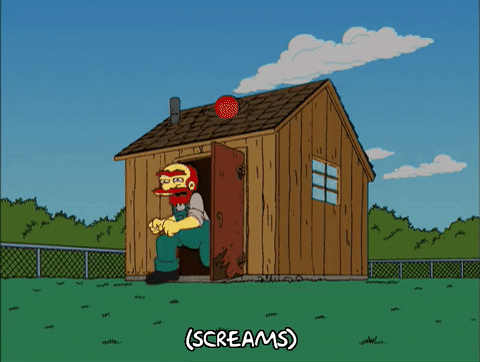user22161
Established Member
On a recent thread, it was said that when planing a bowed board on a planer, it should be done convex side down. I have always done it concave side down. If the job allows, will cut in half (2 shorter lengths) before planing. If twisted as well, I use the thicknesser with the board wedged and fixed on a sled board.
What do you do? (I see Matt Estlea also recommends concave side down) Not interested in arguments about how the board is held/fed across, just which way up.
What do you do? (I see Matt Estlea also recommends concave side down) Not interested in arguments about how the board is held/fed across, just which way up.



































